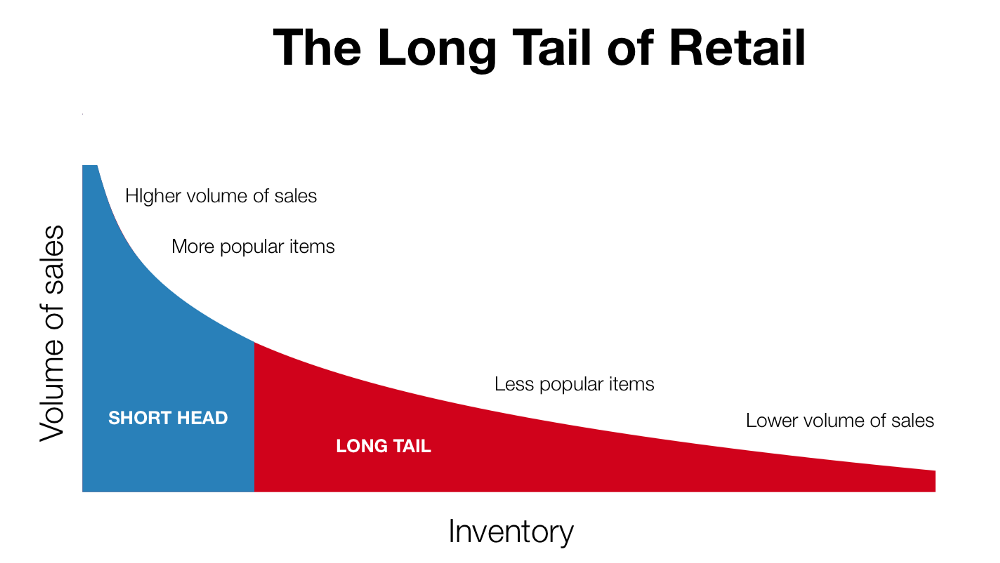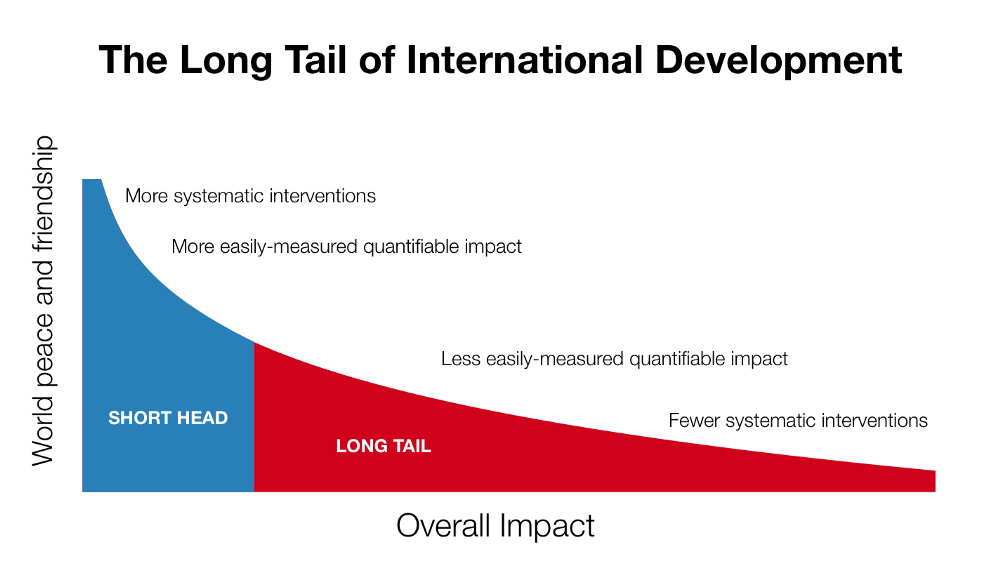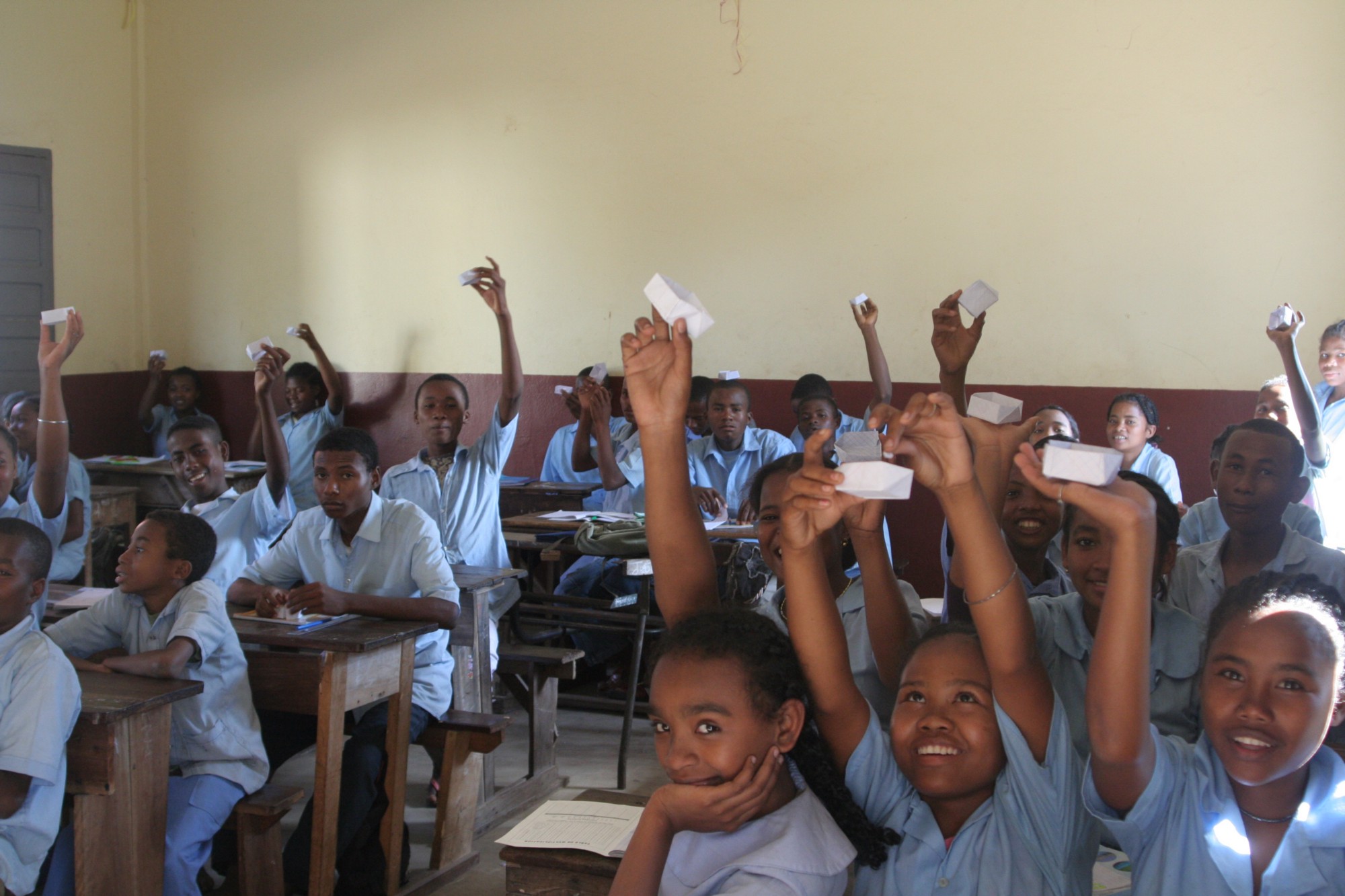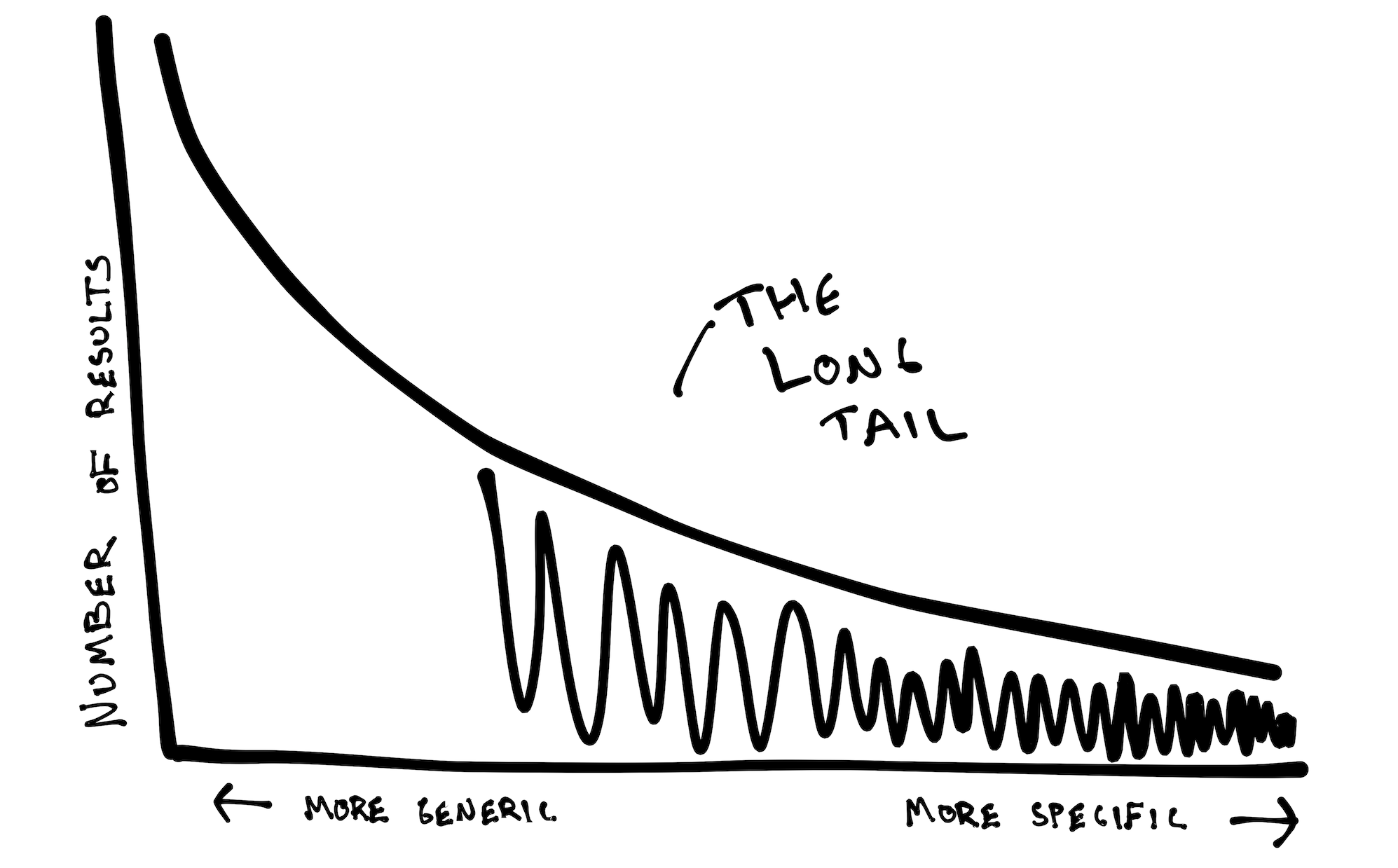The long tail of work in international development
This post also appeared on Medium.
With the recent announcement of the passing of Hans Rosling, visual data superstar for communicating complex ideas of international well-being to the greater world in simple language, I’ve been thinking about the work that I thrust myself into day after day.
The lens of meaningful work
People often ask me what attracts me to working in the field of international development.
I am asked why I choose to grind away on what are obviously important challenges in the world (extreme poverty, global health, education), but to do so from my day-to-day work as a government employee focusing on technology.
Why, they argue, tackle these challenges from that perspective, and not, say, from the perspective of the private sector, the nonprofit sector, or the academic sector — where the rewards for someone who works hard and are talented are more clearly distributed, opportunities for advancement greater, and there is greater freedom to innovate and adapt (I might have inserted all those things about being talented on my own. Ahem.).
It is not an unfair question, and one that I ask myself more often than I’d like.
I keep coming back to something that the U.S. Ambassador to Madagascar told my fellow Peace Corps Volunteers when we were swearing in to serve in Madagascar for two years. He said,
“An organization like the Peace Corps represents the best of humanity — that we believe progress is achieved through shared culture, experience, and fellowship.”
These types of organizations have built their ideals into their missions, and in theory, right on down through how they organize the impact of their work.
But how in the world do we know that we are contributing to meaningful and sustained cultural sharing, as opposed to mundane tourism and one-sided travelogues?
Looking for impact
The challenge for organizations working in international development is that it’s often hard to step back and concretely define how well they actually are doing at impacting their mission — much less in coming up with ways of doing it better.
Efforts to-date are tightly aimed at the tangled, interwoven complex systems of international development and community empowerment. They are the wicked problems of the world and all that they entail.
On the “simple” side of quantifiable development, we have become quite adept at evaluating ourselves based off items that lend themselves to counting — number of mothers that attend a maternal-child-health demonstration, beneficiaries reached via a youth camp in the summer, number of trees planted, etc. And it’s true that these are the numbers that allow us to create spreadsheets, databases, graphs, and reports of Volunteer activities in the field.
But that doesn’t tell the whole story — barely even a part of it.
The reality is that it’s much easier to measure the number of malaria-reducing > bed nets that are distributed than to measure the amount of ‘world peace and friendship’ that has accrued as a result of international development efforts.
The power of narrative
You can expand to measuring things like self-reported community engagement, levels of sustainability, long-term impact, and stories narratives.
These latter items are much more easily categorized as qualitative indicators of impact, and are often reported out as such. But these items turn out to be much more difficult to track over time, and to really isolate and improve upon in the field.
A great recent example of this has been the Legacy Project of the Peace Corps. The short video documentary clips chronicle a series of interviews with prominent individuals outside the U.S. whose lives have been influenced by Peace Corps Volunteers. The first interview with Chief Justice Bart Katureebe is fantastic — and really makes you stop to think about the differences between what impact that Volunteer set out to have, and what he actually did have in hindsight.
My own experience in the field
As a returned Volunteer myself (Madagascar 07–09), I don’t look back and measure the success of my work by the number of students that I taught, the number of adult courses that I led on Saturday mornings, or by the number of times I taught ultimate frisbee to the youth club where I spent my time.
Any Volunteer will tell you the the bulk of their efforts are contained in the hundreds and thousands of gaps that occur between and among activities and projects. These are the moments that don’t get recorded — when you stop a student for a moment to give an encouraging word when they’re having a tough day, when you make your first pun in the language you’re learning, when you are given a nickname by your host country community, and countless more.
The reality too is that it might be and likely is the case that the sum of these efforts vastly eclipses what we currently measure, process, and report.
Happily for us, the framework that we need to be able to understand has actually been developed quite recently. And it’s built into the business model of Amazon.com, among others.
Adding up the small bits
Amazon.com, the large online retailer, works a little bit differently than brick-and-mortar retailers. A brick-and-mortar retailer down the street has finite floor space in their stores, and so to make the best of that space they stock it with items that they predict customs will buy in regular quantities and frequencies.
Amazon doesn’t have the same floor-space constraint, and so can make the best use of their “space” (in this case, their online presence which has no realistic upper-limit to shelving) by stocking it with everything — items for which they might have just a few (both rare and of limited supply).
The trade-off for companies like Amazon is that they have to focus on providing as cheap and efficient a distribution and shipping system to get it to the consumer for less than the sum total of the brick-and-mortar systems.
This model has been dubbed as the “Long Tail”, after a 2004 Wired piece and follow-up book by Chris Anderson who coined the term as it applied to these business models.
A long tail distribution in statistics is one where items are clustered around a central mass while there is a large but decreasing number of items trailing from this central head. When graphed, it can look typically look like a ramp that smoothly decreases from left to right.
So, this distribution graph achieves ‘long-tailness’ when a greater shared of the items are under the tail part than under the central part.
And it doesn’t have to describe just retail models — it can also be applied to Apple, Yahoo!, mass media, microfinance, and social networks.

Long-tail thinking in international development
The long-term impact of international development is measured not in the sweeping programs and easily quantifiable statistics of projects and head-counts, but in the innumerable whole of one-off interactions, experiences, and perspectives whose seeds are sown in the catalyst of field-workers, volunteers, and entrepreneurs.
This is not to say that the primary projects and programs of those in the field aren’t valuable — they absolutely are, and we can more easily demonstrate this fact — but they only paint a part of the picture of the impact that a worker might have on a community.
And it might be the case that the biggest impact is had 30 years after a field worker begins to make an impact (often long after they have moved on!), and that their impact is as a schoolteacher in a rural community in Kansas as much as it was as a schoolteacher in Madagascar.
Ignoring the possibility for such influence tells an incredibly skewed and incomplete story about the work of the organization, its workers, and the communities that host them.
A more faithful interpretation of development’s impact undoubtedly lies in what occurs in the “long tail” of these institutions, and articulating that impact will provide us with the perspective to truly appreciate how much world peace and growth we are getting for our investment.

Re-orienting what’s important
Once we open the door to allowing the many, many small efforts made by field workers in the field day-to-day add themselves up to compete with our more visible efforts such as teaching and facilitated workshops — a sense of the impact of international development emerges.
The small stuff isn’t simply a welcome addition, it’s the real meat of impact.
And it doesn’t stop after 2 years overseas, for example — just ask Chief Justice Bart Katureebe.
A more faithful and holistic interpretation of development’s impact lies in what we do that fits in the long tail of our service and of our lives.
As we think of creative and new ways to identify, articulate, and tell these stories of progress and of change, we might move closer to truly appreciating how much world peace and friendship we are getting for our investment.

